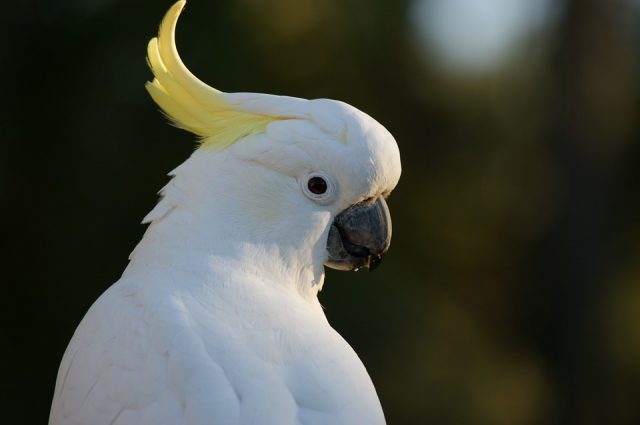SYDNEY — A drawing of an Australasian cockatoo by a Roman Emperor has revealed trade routes between Southeast Asia and Europe were flourishing around 250 years earlier than previously thought, according to a paper published by the University of Melbourne.
The 700-year-old drawing by Holy Roman Emperor Fredrick II in a Vatican manuscript, based on a bird he received as a gift for his collection of exotic birds, dates back to between 1241 and 1248.
Its significance came to light this week in the academic paper by Australian historian Heather Dalton, an expert in the field.
Dalton had previously thought the earliest European cockatoo drawing dated back 1493 — until three Finnish researchers with access to the Vatican documents drew her attention to the bird in Frederick II’s drawing.
The quartet determined that the bird was either a female Triton or one of three sub-species of Yellow-crested Cockatoo. All are native to Australia’s northern tip, Papua New Guinea or islands off New Guinea or Indonesia.
That meant trade routes from the Middle East and Europe from Australasia began much earlier than previously thought.
“I think the parrot adds a window into the world of medieval trade, and the fact that small craft were plying the waters to Australia’s north around New Guinea and Indonesia,” Dalton told Reuters in a telephone interview. “Material evidence like this is very hard to come by”.
The cockatoo drawing was one of four located in Fredrick II’s book of illustrations named in Latin “The Art of Hunting with Birds”.
In the book, Fredrick II stated he received the cockatoo alive as a gift from the “Sultan of Babylon”, who the researchers agreed was the fourth Ayyubid Sultan of Egypt, revealing the cockatoo passed through the Middle East on its journey. —Reporting by Nicholas Ford; editing by Jane Wardell










